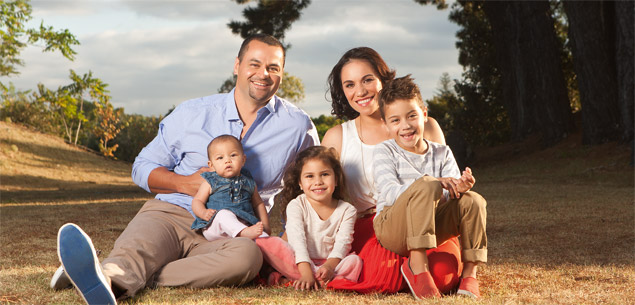Watching Stacey Morrison and Mātai Smith, the hosts of Mānawatia a Matariki, joke around during a Woman’s Day photo shoot, it’s clear the beloved broadcasters share a special bond.
“Mātai and I have a beautiful synergy,” says Stacey, 49. “It’s like we’ve got telepathy. If I drop something, he’ll pick it up and he knows it’s the same with me.”
“Basically, we’re married but not married,” quips Mātai, 46.
The pair first started working together in TVNZ’s Māori department in 1996. Mātai, then 19, recalls being starstruck by his colleague. “Stace was one of the original presenters of Mai Time, which was massive at the time. They were these young people using te reo on TV, which was kind of unheard of then. It’s different now. There’s a lot more reo on our screens. But for me, she was a role model and a trailblazer.”
As colleagues, he and Stacey became so close that she asked him to be godfather to her youngest daughter Maiana, now 10. Stacey says fondly, “She’s very spoilt by Mātai. Mind you, so are our other kids. They consider him a matua [uncle] so, of course, it means that we’re proper whānau.”
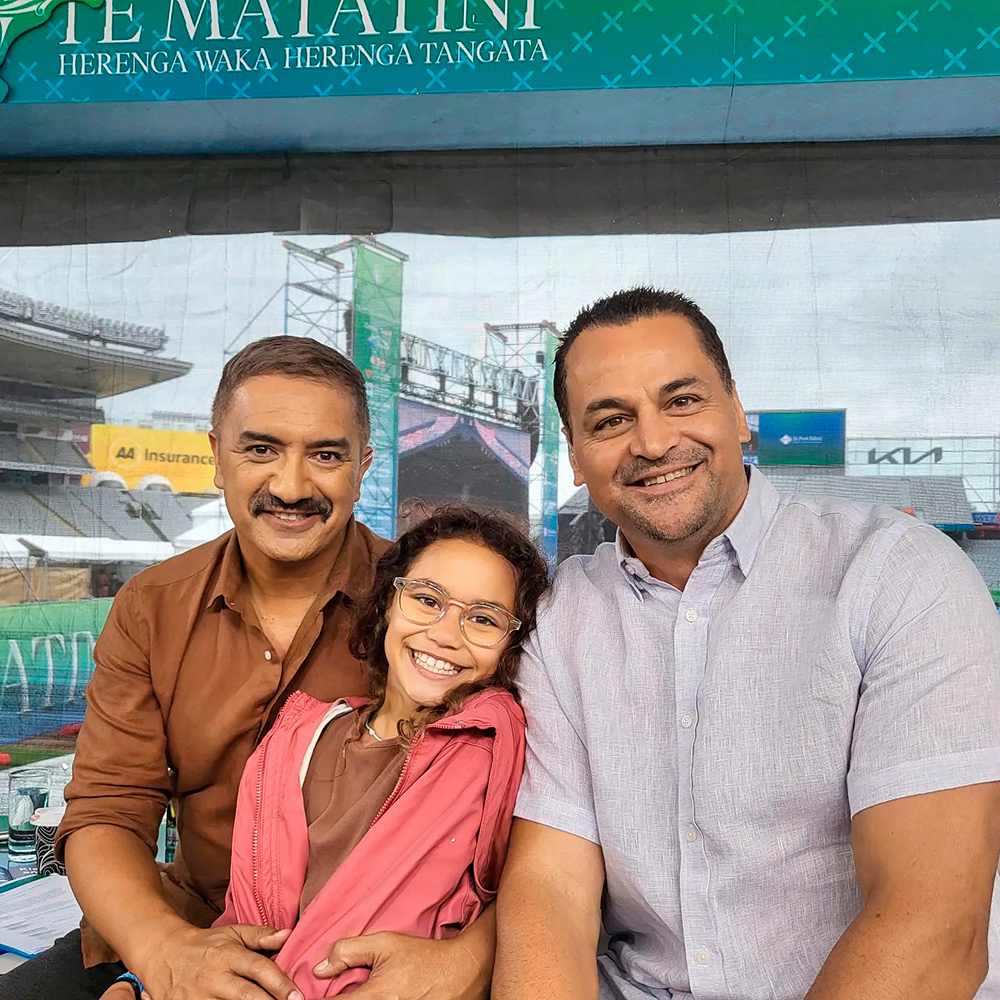
Mātai is godfather to Scotty’s daughter Maiana.
Powerful energy
The pair say they feel honoured to host live coverage of our national Matariki celebrations, which begin at dawn this Friday with a traditional hautapu ceremony.
“Last year was a real awakening,” shares Mātai. “The broadcast is really quite special. Pre-dawn, there’s a powerful energy. That’s why we do the karakia at that time. After the broadcast, we were walking along the waterfront just seeing people out and about, really embracing Matariki. It was so moving.”
Stacey adds, “I burst into tears. The poor makeup artist! My husband [broadcaster Scotty Morrison] was part of the karakia. The star that he did a karakia to – Pōhutukawa – is particularly about remembering people you’ve lost in the last year, so there was lots of emotion!”
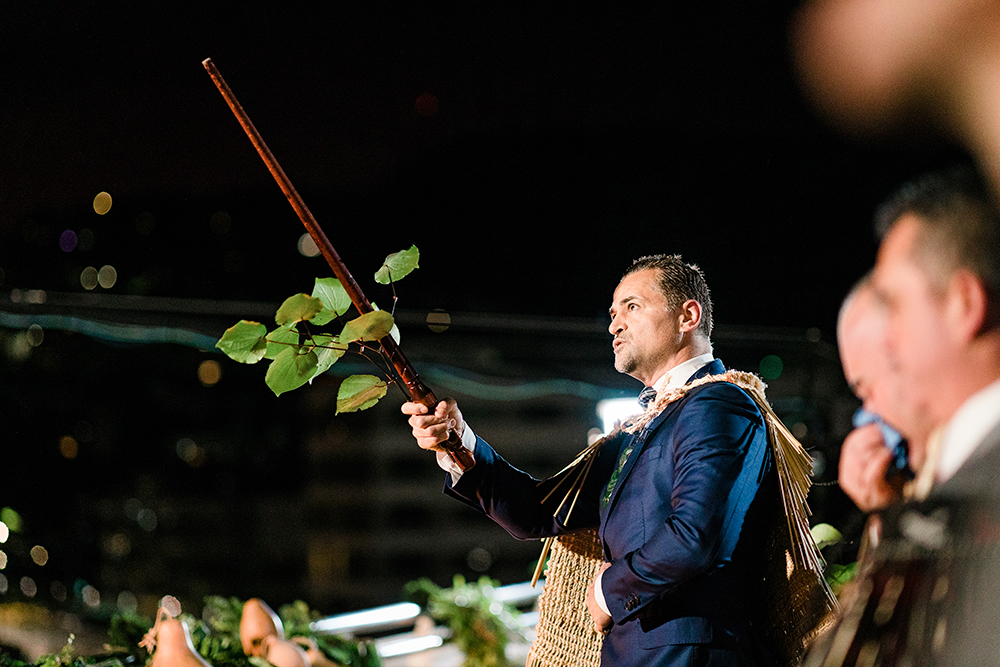
Scotty during last year’s Matariki celebrations.
Calling you home
Neither Stacey nor Mātai celebrated Matariki growing up, but they’re delighted by its resurgence. “It wasn’t really spoken about back then,” Mātai explains. “It was probably at the dawn of the new millennium that I picked up a pamphlet from the Māori Language Commission and I was like, ‘What’s this?’ There’s been a renaissance of the kaupapa of Matariki.”
Stacey agrees, “I grew up in Te Waipounamu and, for Ngāi Tahu, it’s more about [the star] Puaka or Puanga. But there was a real diminishing of kaupapa Māori at that point. Now my kids are learning all about Matariki at school. They’ve all got different events and they look at me strangely when I tell them I couldn’t speak te reo at their age!”
Mātai enthuses, “Kids know all about it. They’re learning to sing the waiata and all the names of the stars. They won’t remember a time when we didn’t celebrate it.”
Both Stacey and Mātai encourage all Kiwis to celebrate Matariki. “Get amongst!” grins Stacey. “It’s a really good time to set intentions. To remember those you’ve lost and also put out your wishes for the new year. You don’t need to be racing around – take the time to be comtemplative and celebrate.”
Mātai says, “I really like this year’s theme of ‘It calls you home’. Matariki is the perfect time to head home – whatever or whoever means home to you. Share kai together and spend time with people you love. It’s so important.”
Kai to share
As for the kai, Stacey says there are many meals you can prepare at home to celebrate. “The star Tupuānuku represents food from the ground, so kūmara is a really good option. Then there’s Tupuārangi, which is associated with anything from the trees or above, so that could be a ready-cooked chicken from the supermarket!
“There’s also Waitā, which is connected to the ocean and kaimoana of any sort, and Waitī, which is freshwater, so that could be trout. Those are the elements you’ll usually see in the hautapu, which
is the offering that’s made. But really the act of coming together and eating together is the biggest part of it.”
Mātai adds, “I live in Gisborne and there’s so much happening. Kura and small communities like Tolaga Bay are hosting concerts even after what they’ve been through lately with Cyclone Gabrielle. It’s a time for us to all come together, celebrate, take some time and look up at the sky. Stacey and I will be sending out the good energy to everyone.”
Mānawatia a Matariki screens live from 6am this Friday on TVNZ 1, TVNZ+, Three, Prime, Whakaata Māori, Pasifika TV, RNZ and Stuff.
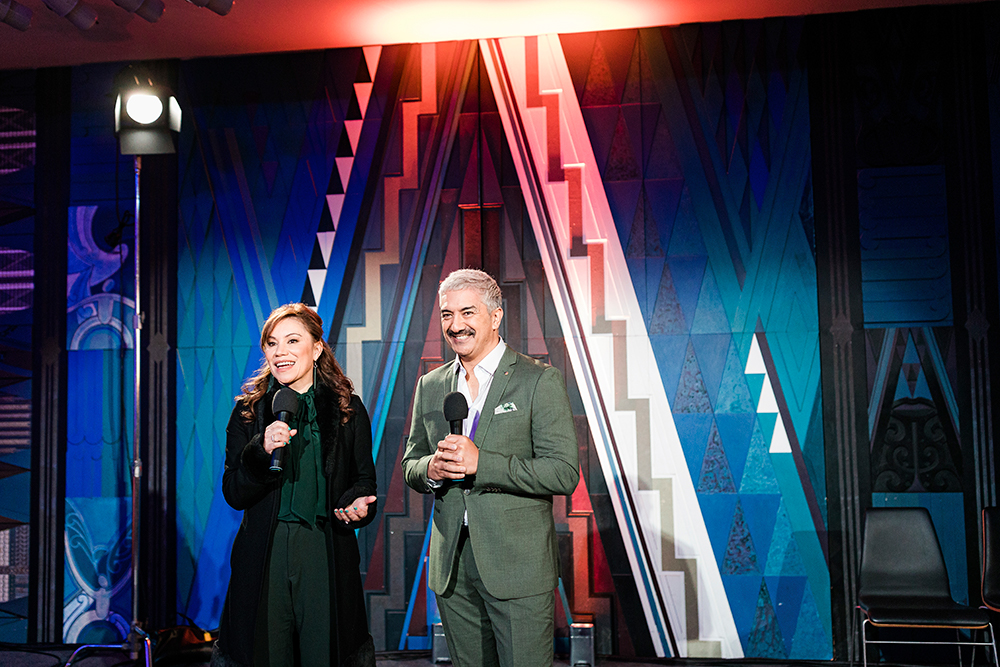
What is Matariki?
Matariki is the star cluster also known across the world as Pleiades. It is one of the earliest recorded groups of stars in human history, with a record dating back some 17,000 years. For Māori, the rising of Matariki signals te Mātahi o te Tau, the New Year. The appearance of Matariki in the morning sky is a sign for people to gather, honour the dead, celebrate the present and plan for the future.
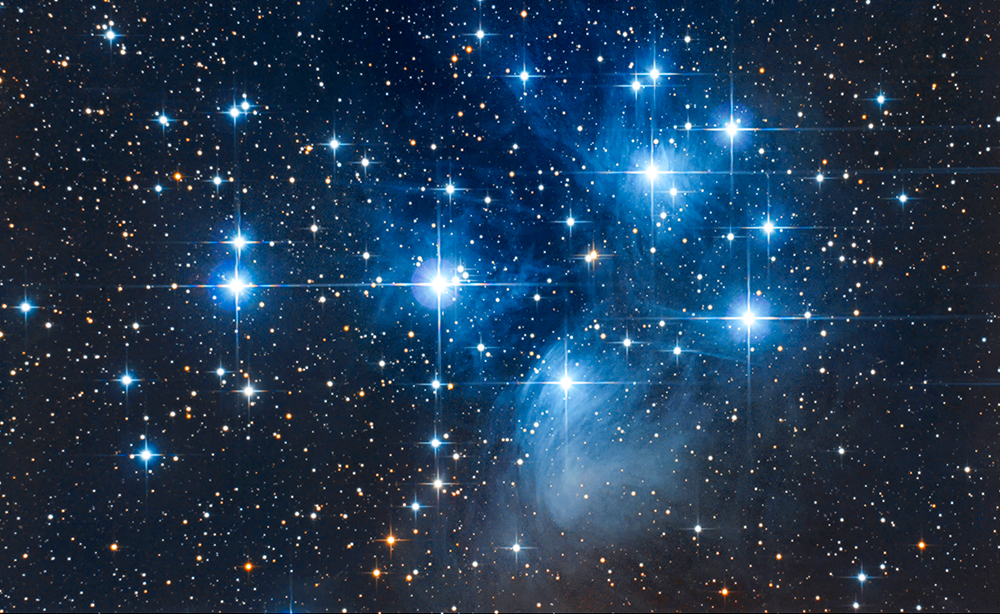
When is Matariki?
This year, the public holiday is Friday, but the date of Matariki changes every year, depending on the sun, moon and stars. Matariki sets on the western horizon in the evening around the beginning of winter and disappears from view because of the light of the sun. About a month after it disappears, Matariki is seen again on the eastern horizon just before sunrise. Its reappearance coincides with midwinter and marks the beginning of the Māori New Year.


